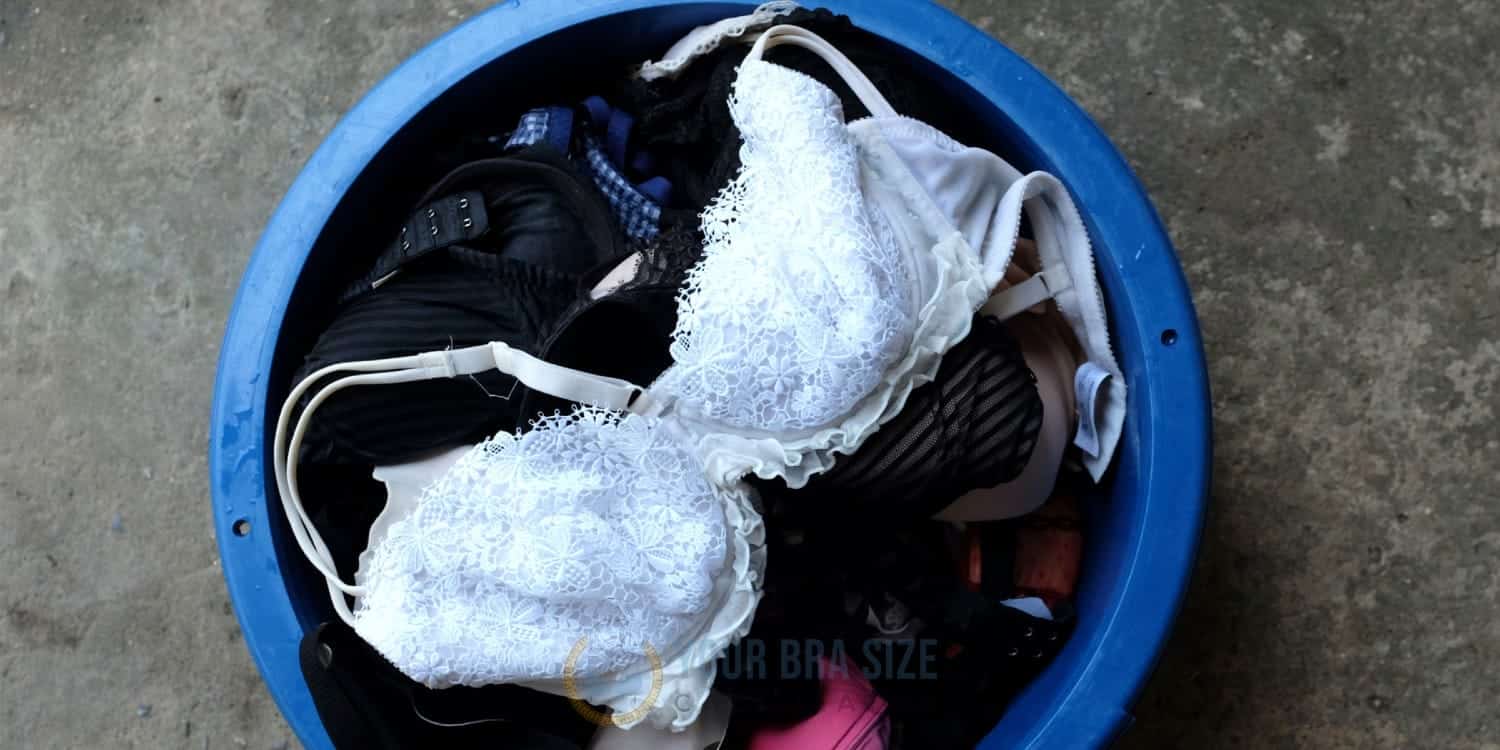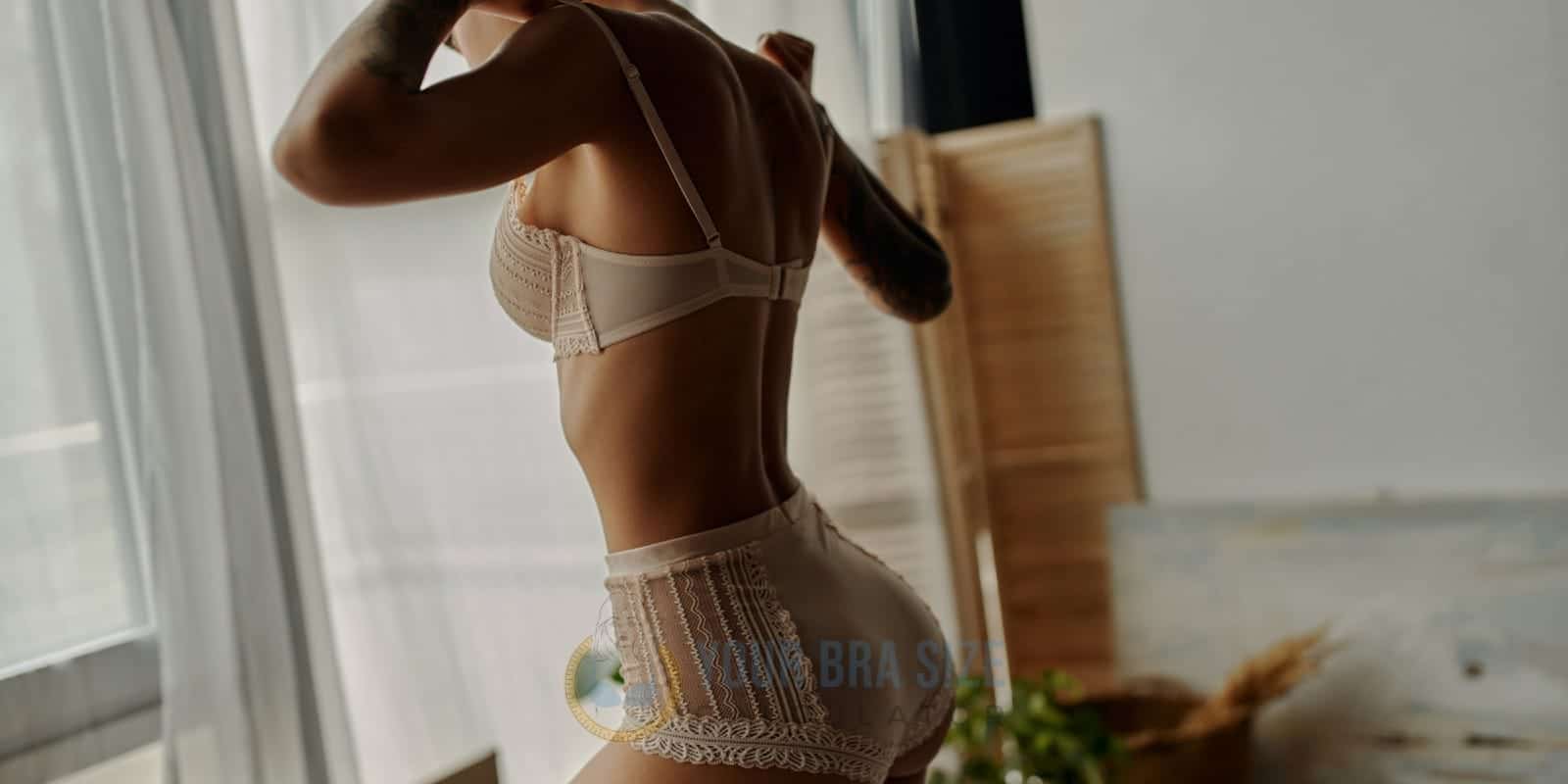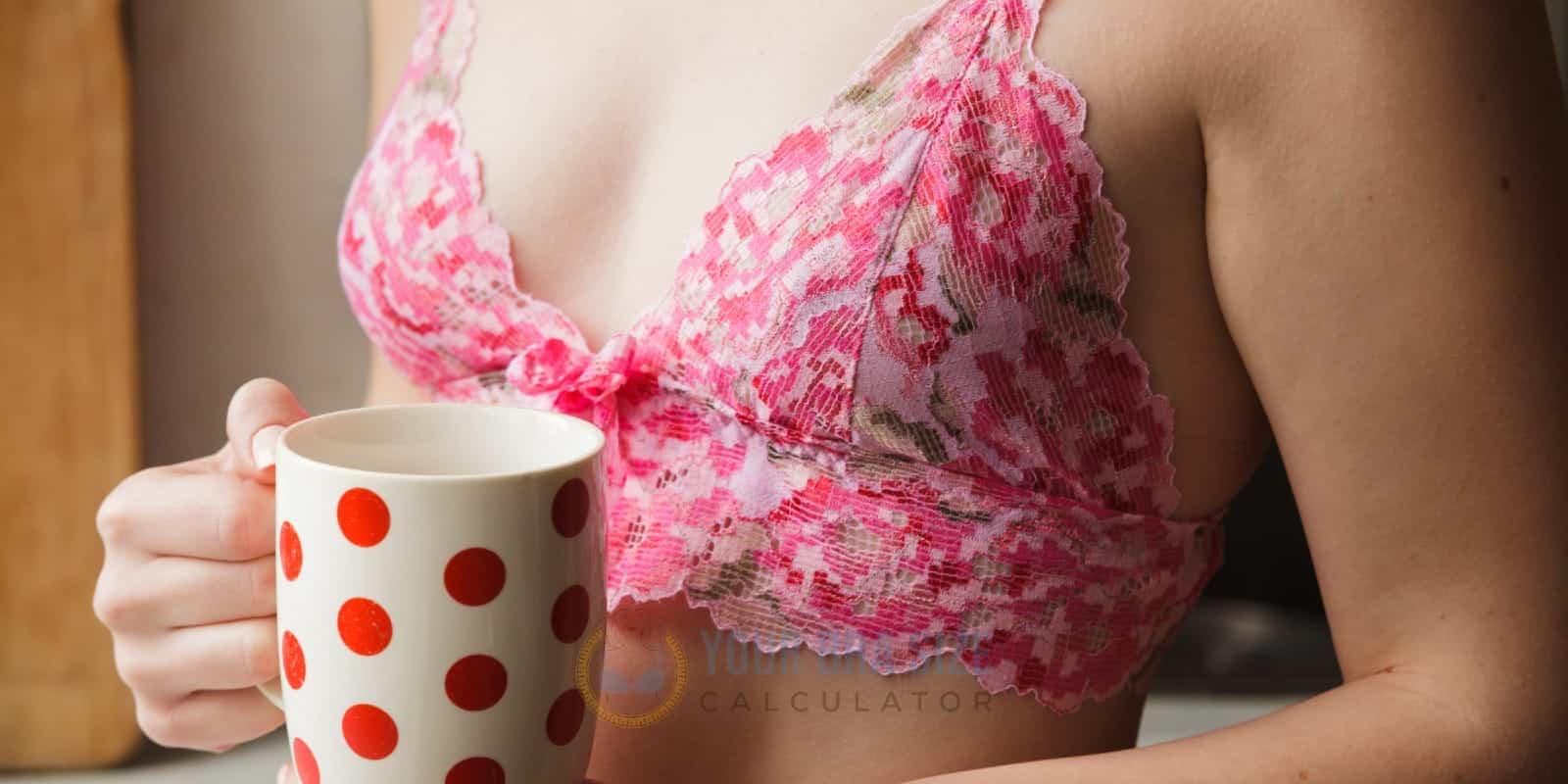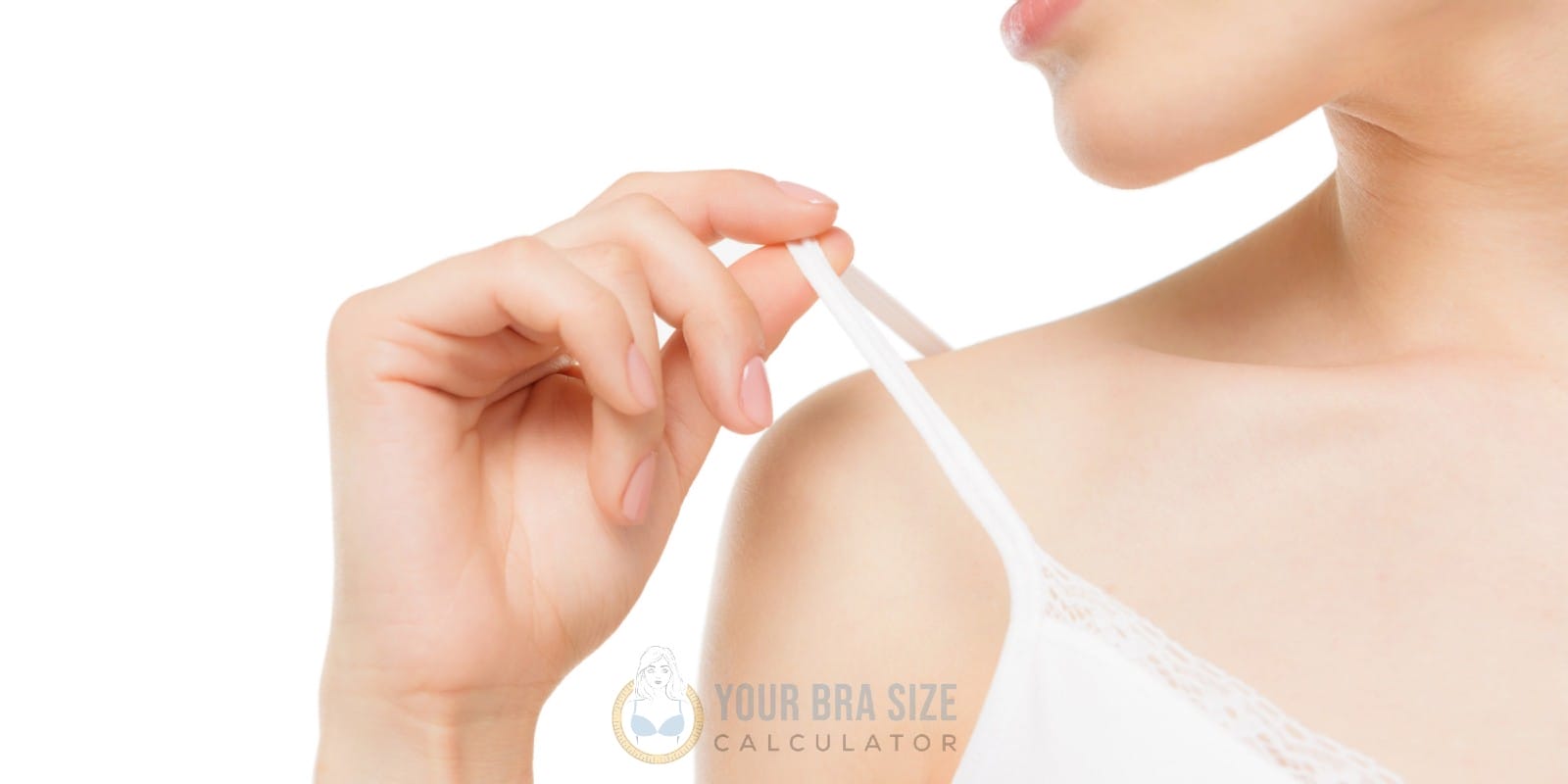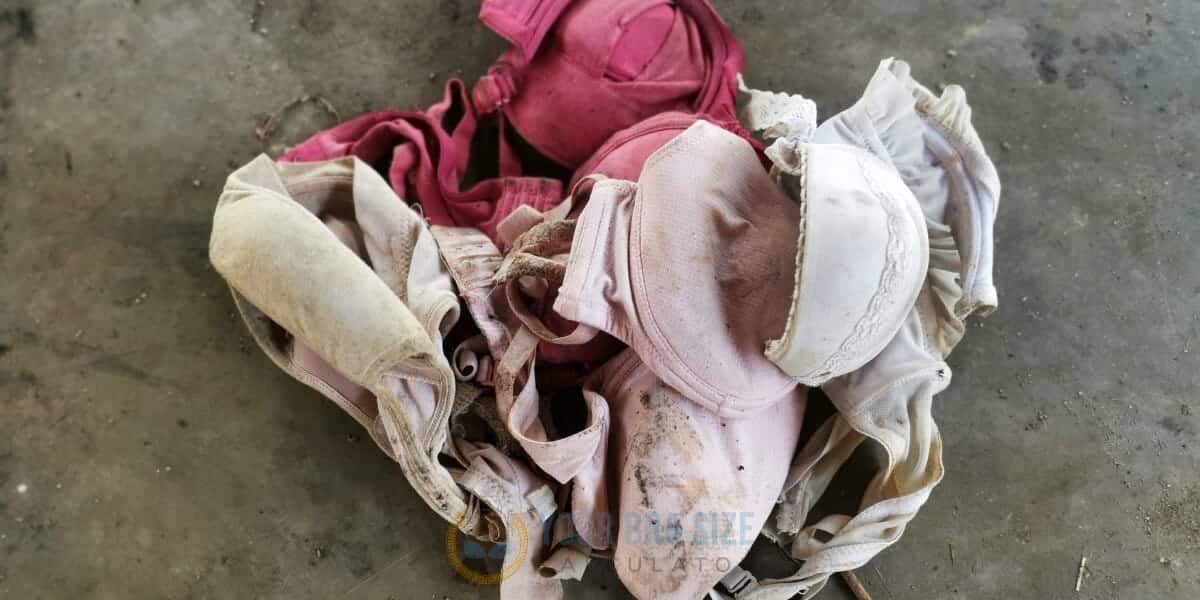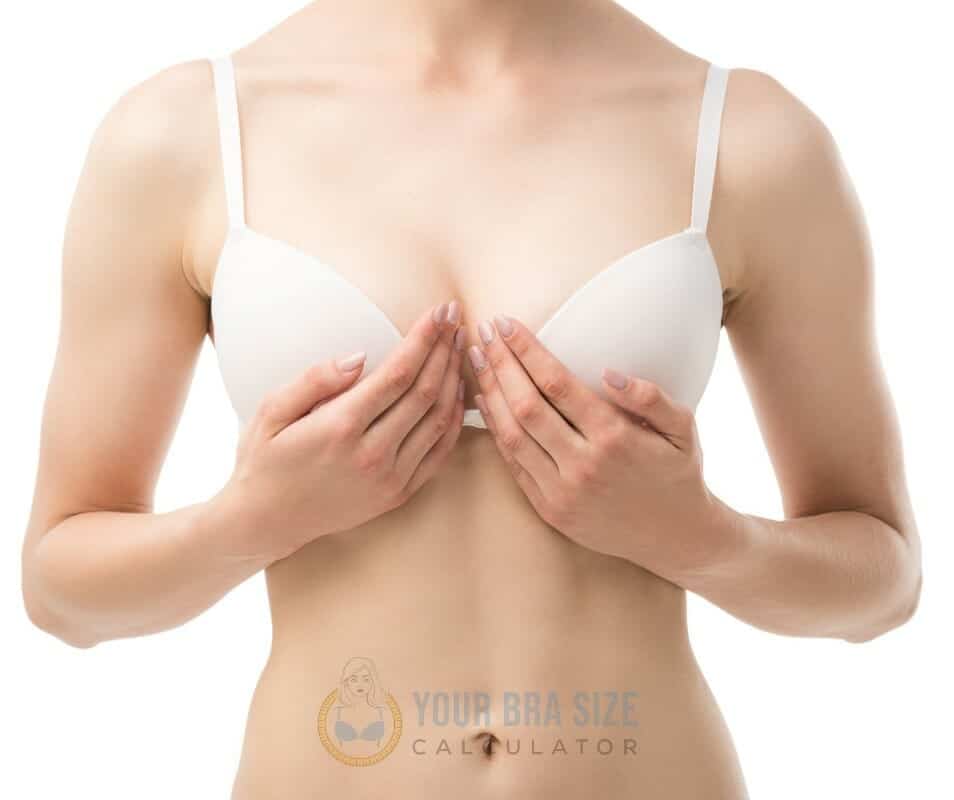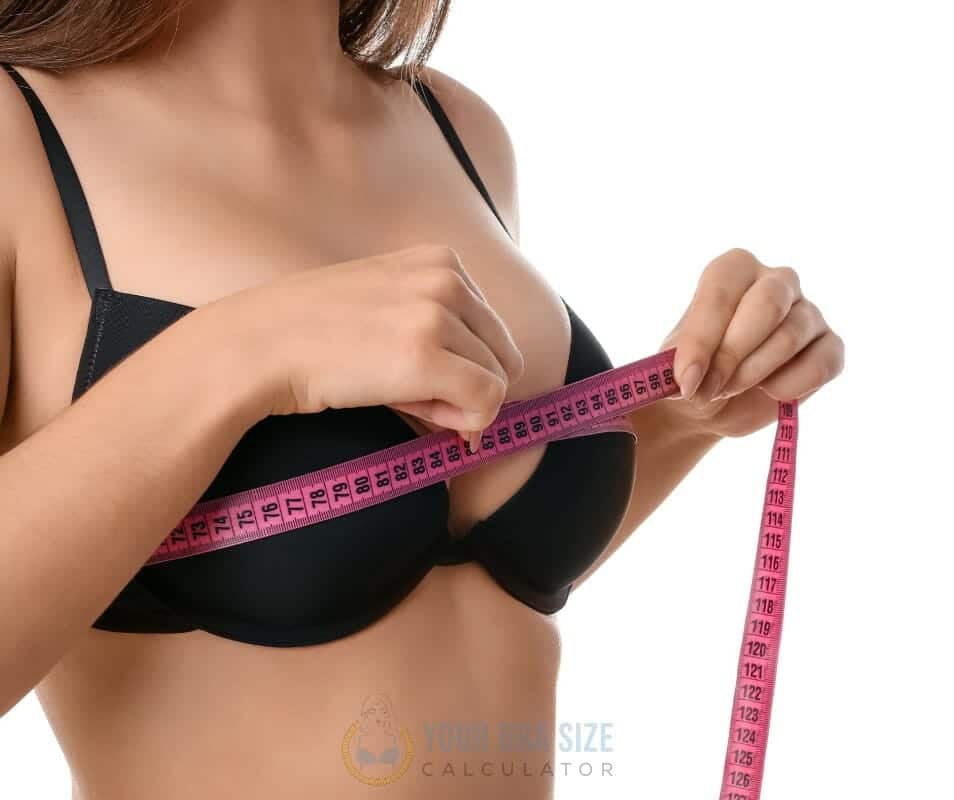Are you a woman who is looking for the perfect bra? Finding one that fits right, looks good, and feels comfortable can be hard. Unfortunately, many women need to correct some common mistakes when selecting bras. In this article, we’ll discuss those mistakes and how to avoid them so you can get the best fit possible.
It’s easy to become overwhelmed by all the choices in styles, sizes, and colors of bras available today. But understanding what works best for your body type is key to making sure you choose the correct bra style. Knowing which fabrics are most likely to offer support and comfort is also important in choosing the right piece of lingerie.
The good news is that with a little knowledge about different types of bras and sizing guidelines, it’s easier to find the perfect bra for any occasion or outfit! Read on as we explore the common mistakes women make when selecting a bra and learn how to ensure you get the best fit every time.
Understanding Your Own Shape And Size
Figuring out your bra shape and size is essential for finding the right fit. It’s important to know your breast shape and size and understand how cup sizes work. Every woman has a unique body type, so it’s vital to determine what works best for you.
Start by measuring the circumference of your ribcage directly under your bust. This will give you an accurate measurement of your band size in inches or centimeters. To get your cup size, measure around the fullest part of your chest with a tape measure – this should be done while wearing a non-padded bra that fits properly. Once you have these measurements, use them to calculate which cup size corresponds with each band size (e.g., 34A means a 34-inch band and A cup).
Now that you’ve determined your ideal bra shape and size, it’s time to find the perfect fabric. Different materials can affect comfort levels throughout the day, so consider fabrics like cotton blends or lace when shopping for bras. Avoid synthetic materials such as nylon because they don’t allow the skin to breathe correctly. With all these factors in mind, let’s select the right fabric.
Choosing The Right Fabric
Now that you have determined your right size and shape, it’s time to look at the bra’s fabric. Fabric selection is an important part of selecting a comfortable and supportive bra. Here are some items to consider when choosing the best type of fabric for you:
- Fabric Type: You should select a light and breathable fabric such as cotton or microfiber if comfort is your top priority. On the other hand, if support is more important than comfort, choose fabrics like nylon or spandex, which provide more structure while maintaining good airflow.
- Fabric Choice: Consider the color and pattern options available in the bras you’re interested in buying. If you wear them under clothing, lighter colors may be better, so they don’t show through thin fabrics or white shirts. Darker colors can also help reduce visible nipple lines for those who prefer this look.
- Fabric Quality: Always check the quality of material used in each type of bra before deciding on one option over another. Good quality materials will often last longer than low-grade ones, resulting in fewer replacements. Higher-grade materials also tend to hold up better against washing machines and retain their shape much better than cheaper alternatives.
One way to ensure optimal comfort from your chosen fabric is by opting for fabrics with moisture-wicking properties; these will pull sweat away from your body and keep you dry throughout the day no matter how active you are! The choice between natural fibers (cotton) versus synthetic fibers (nylon/spandex) comes down to personal preference based on what provides comfort and support without sacrificing either factor. With careful consideration given to all three factors involved in fabric selection – type, choice, and quality – women can confidently pick out a bra that fits them perfectly every time! It’s now time to move on to looking at supportive features offered by different styles of bras.
Supportive Features
Women often overlook supportive features when selecting a bra. An underwire is essential for providing extra support and lift, so looking for bras that include this feature is important. Padded cups are also beneficial since they help shape the bust line and provide additional comfort. Supportive straps are key in helping distribute the weight of heavier breasts evenly across the back and shoulders; however, strapless styles may be preferable if you’re looking for something more lightweight or fashionable. Additionally, adjustable straps contribute to a better fit, no matter what style you choose. Lastly, ensure your chosen style has enough coverage around the sides so as not to dig into the skin while still being comfortable. Avoiding uncomfortable straps and bands is paramount when selecting a bra.
Avoiding Uncomfortable Straps And Bands
Like a house of cards, getting the right bra size is essential for comfort. Women should be mindful to avoid straps and bands that cause discomfort.
| Avoiding Straps | Uncomfortable Bands |
| Check strap width | Choose the correct band size |
| Make sure they fit well | Ensure a secure fit around the body |
| Adjust accordingly | Make sure it doesn’t ride up or dig in too much |
When selecting a bra, women often overlook how important the straps are when choosing one. The right straps can prevent uncomfortable digging and slip off shoulders. It’s also vital to look for adjustable straps, as these can help create an improved customized fit with minimal effort.
Bands are equally important and must be chosen carefully to ensure there’s no extra fabric bunching up at the back or tightness over the chest area. To achieve this, it’s best practice to measure your underbust circumference before purchasing. This way, you can determine which bandwidth would be most comfortable and supportive for your shape. From here on out, determining the right bandwidth will be a piece of cake!
Determining The Right Band Width
Now that we have established how to avoid uncomfortable straps and bands, it is time to determine the right bandwidth for your new bra. A bra band should fit snugly around the body but not so tight as to cause discomfort or irritation. To ensure a proper fit, use a bra-fitting guide or consult a professional bra fitter to help determine your size.
Start by measuring yourself using a standard tape measure. Measure around your rib cage directly underneath your breasts and note down this measurement in inches. Once you have noted your measurements, compare them against a bra fitting guide or chart to find the closest corresponding size match. If you are still trying to decide what size will best suit you, consider visiting an experienced lingerie store offering personalized advice on choosing the right bandwidth for each woman’s needs.
Your next step is working out cup size, which requires more precise measurements than determining bandwidth alone. Bust size can be determined by wrapping the tape measure loosely around the fullest part of your bust (usually at nipple level). Subtracting this number from the previous result should indicate cup size, as per sizing guidelines outlined within most quality lingerie catalogs or websites – always refer to these guides if you doubt how to read measurements correctly before purchasing any item online! With the correct bandwidth and cup sizes chosen accordingly, you are now one step closer to finding the perfect comfortable fit for your new undergarment – ensuring proper cup fit is our next topic of discussion!
Ensuring Proper Cup Fit
It’s easy to think that all bras are the same. Still, cup size selection is critical when finding a bra that fits properly and offers optimal support. Some women may be skeptical about investing time to ensure they find the right fit; however, taking this extra step can make a major difference in comfort and confidence. The following list provides four key guidelines for selecting the proper cup size:
- Use a cup size guide or consult with an experienced fitter.
- Know your measurements – chest circumference and the bandwidth are both important factors when measuring for cup size accuracy.
- Make sure you have enough coverage in each cup; no spilling out of fabric or bulging should occur at any point.
- Take into account fit preferences, such as tightness/looseness around straps and cups, to ensure maximum comfort and security while wearing the bra. When it comes to ensuring proper cup fit, utilizing these guidelines will go a long way toward helping women select their perfect bra every time!
Conclusion
The choices we make when selecting a bra are important and can impact our overall comfort. We must understand our shape, size, and needs to choose the right style. The fabric should be comfortable, straps shouldn’t dig into the shoulders, bands should fit properly without pinching or riding up, and cups should hold everything in place securely without being too tight or loose. Regarding bras, making the wrong choice is like trying to fit your foot into a shoe that’s two sizes too small: you’re uncomfortable all day long! On the other hand, if you find the perfect fit with just enough room for movement and breathability, it’s like wearing a comfy pair of slippers – cozy and secure every time you slip them on. So take care when choosing a bra, and remember that finding one that provides support and complete comfort is key.

